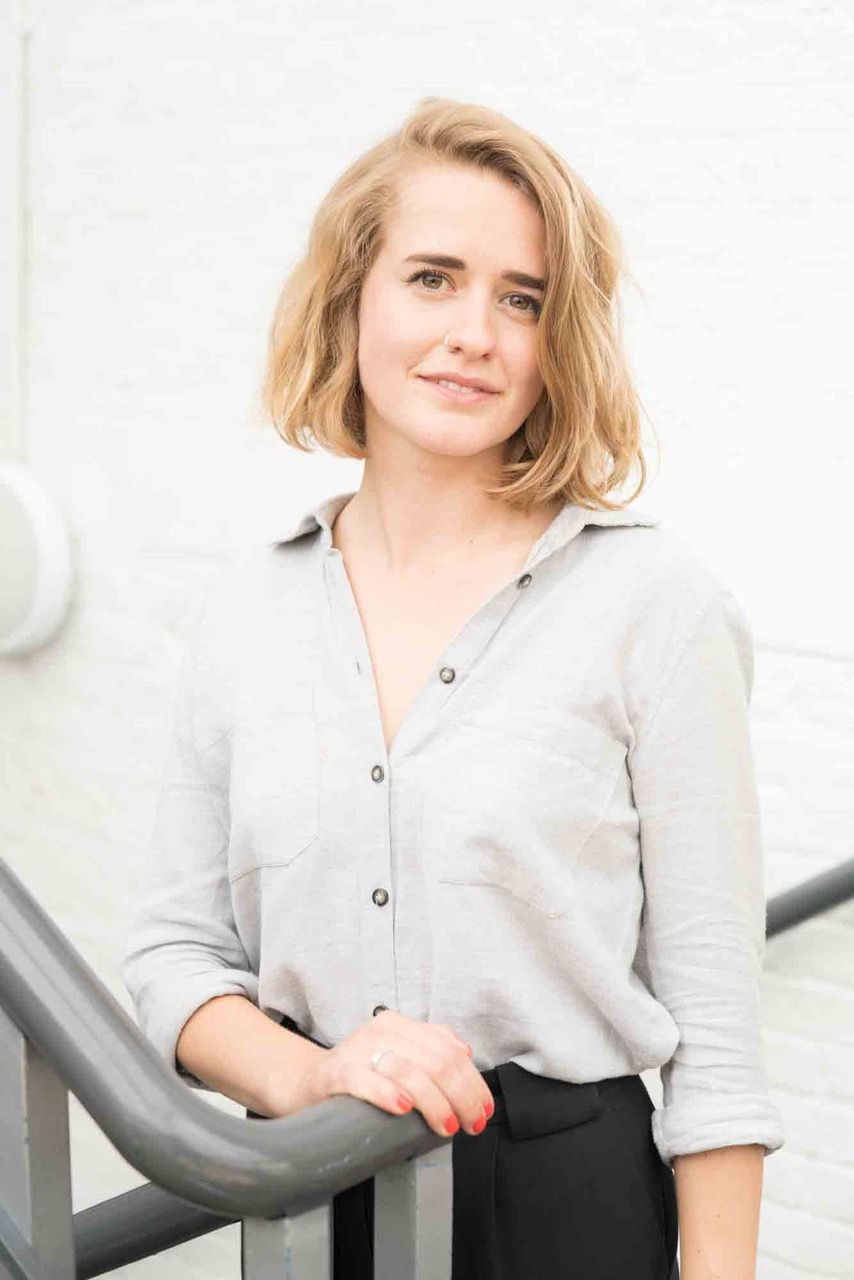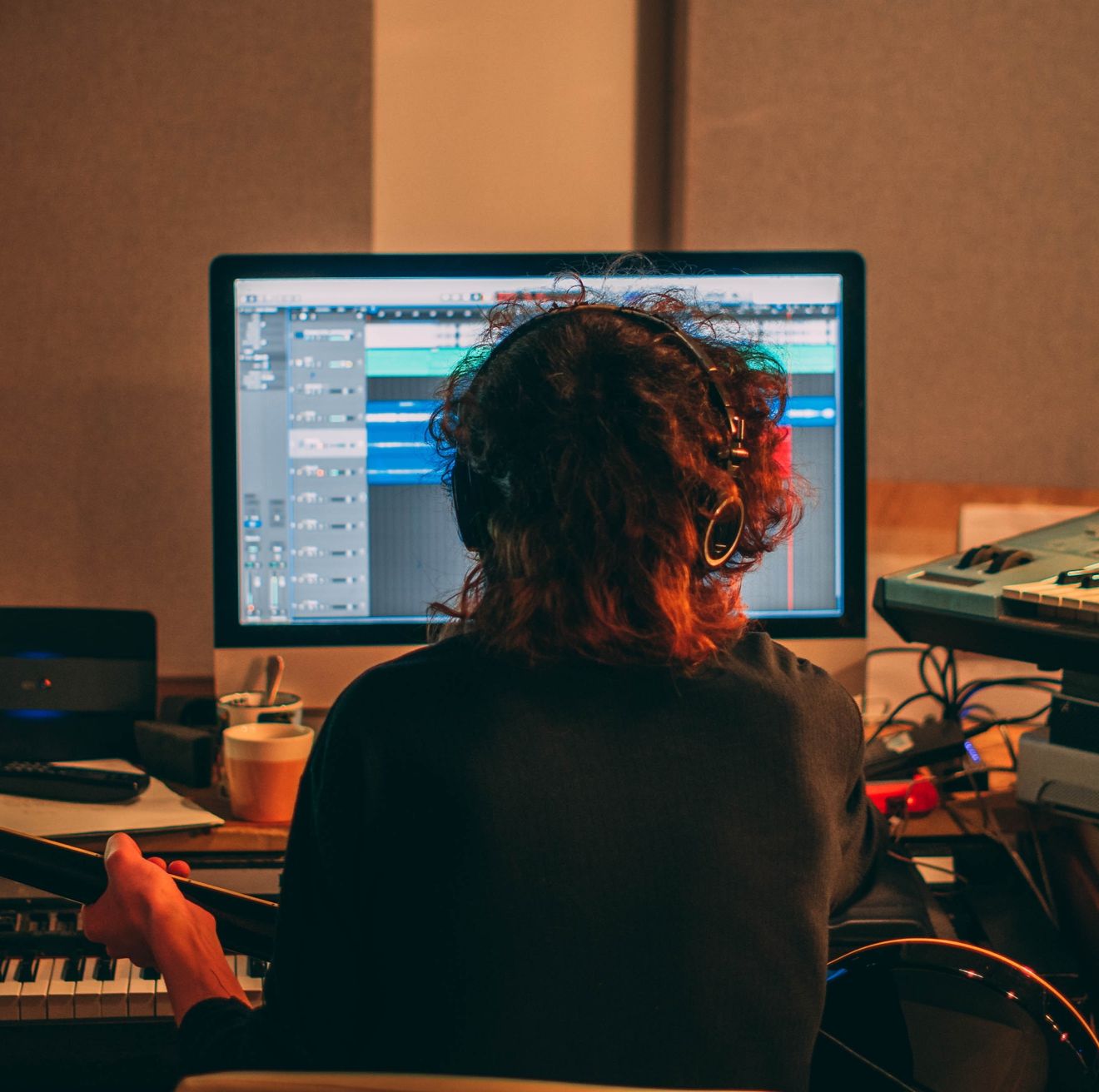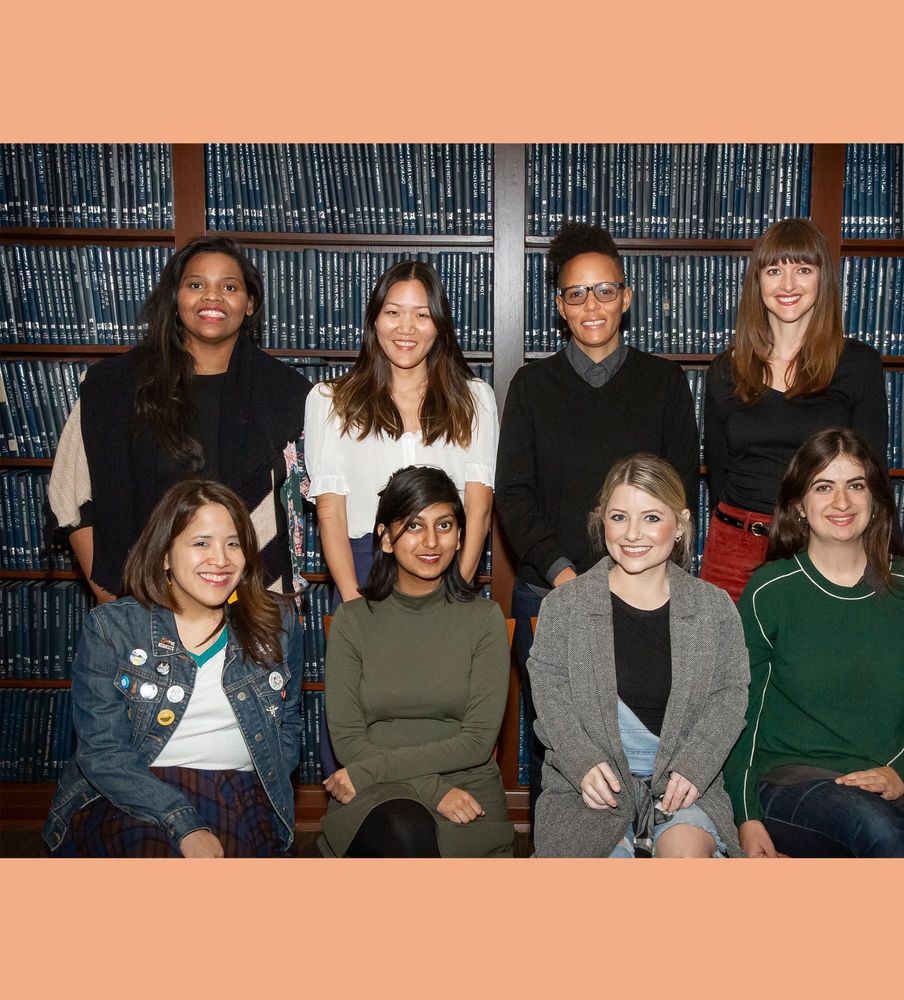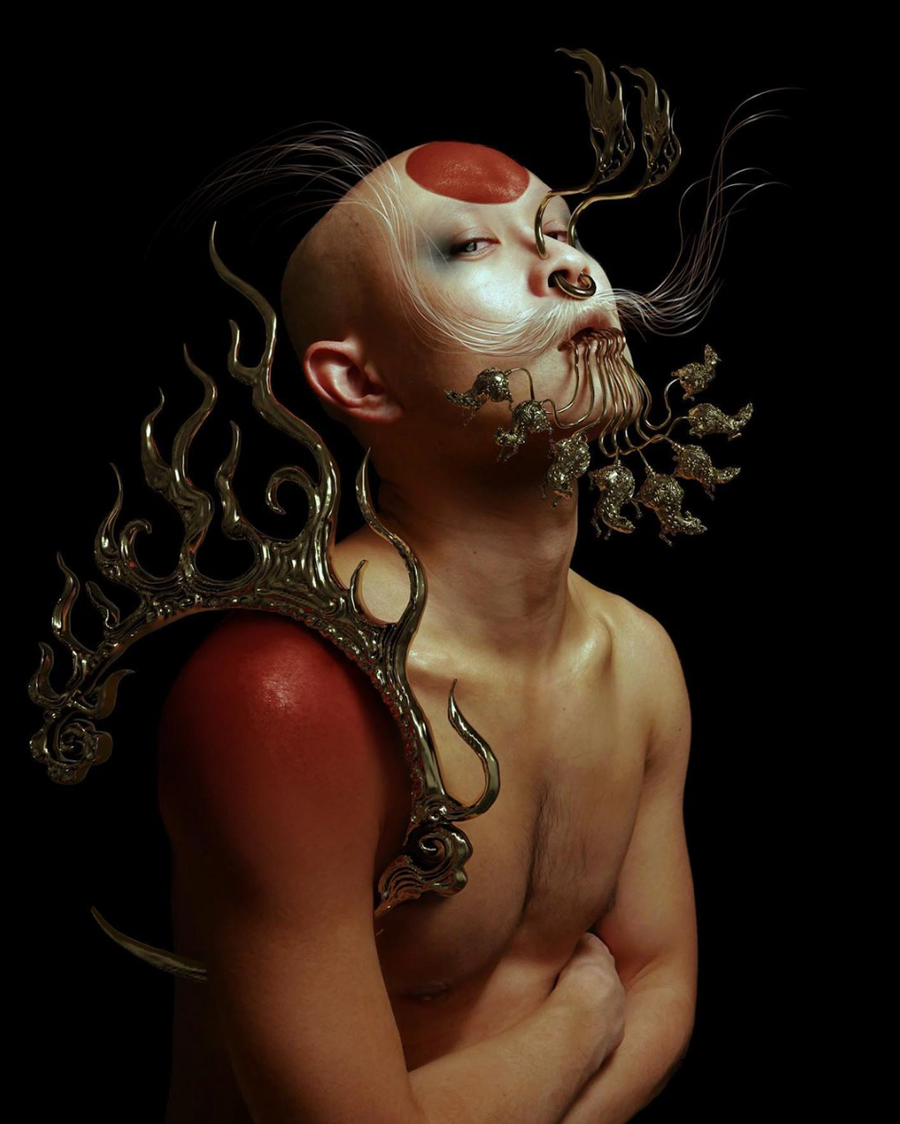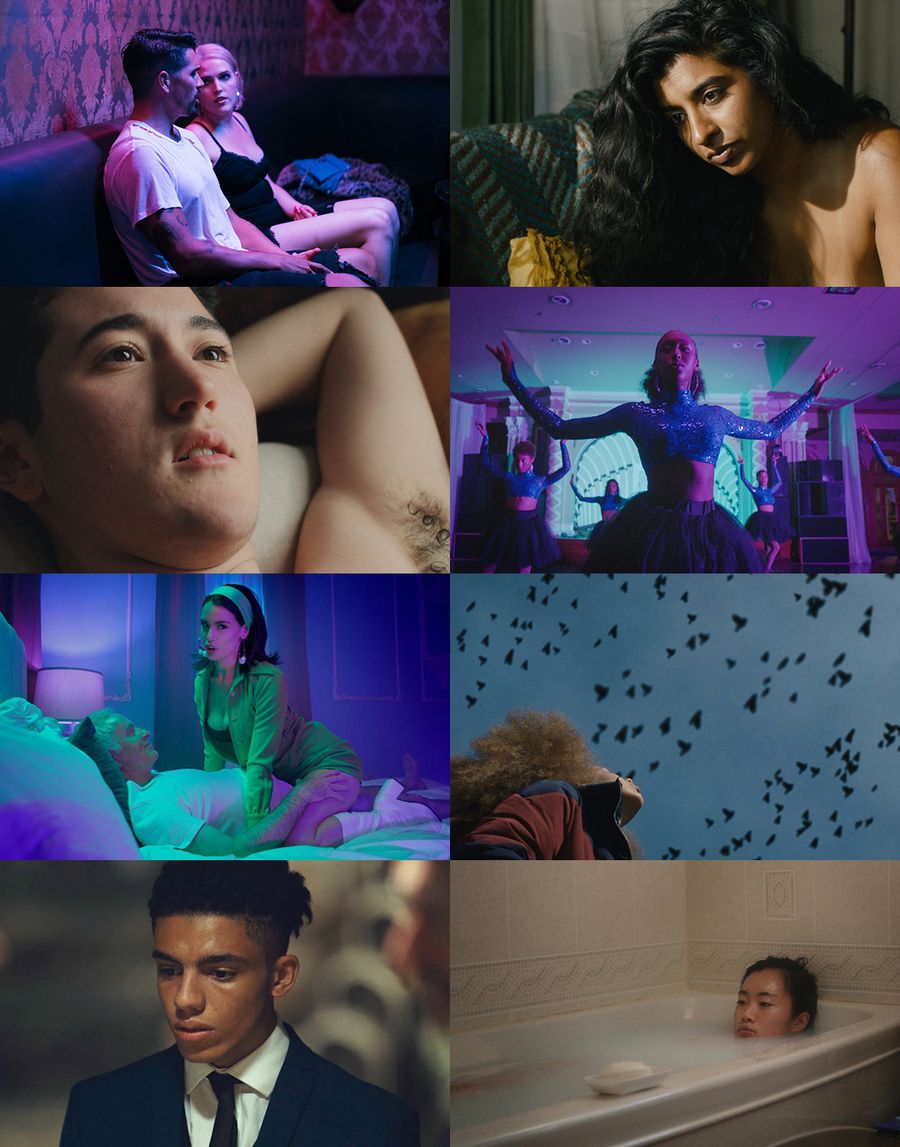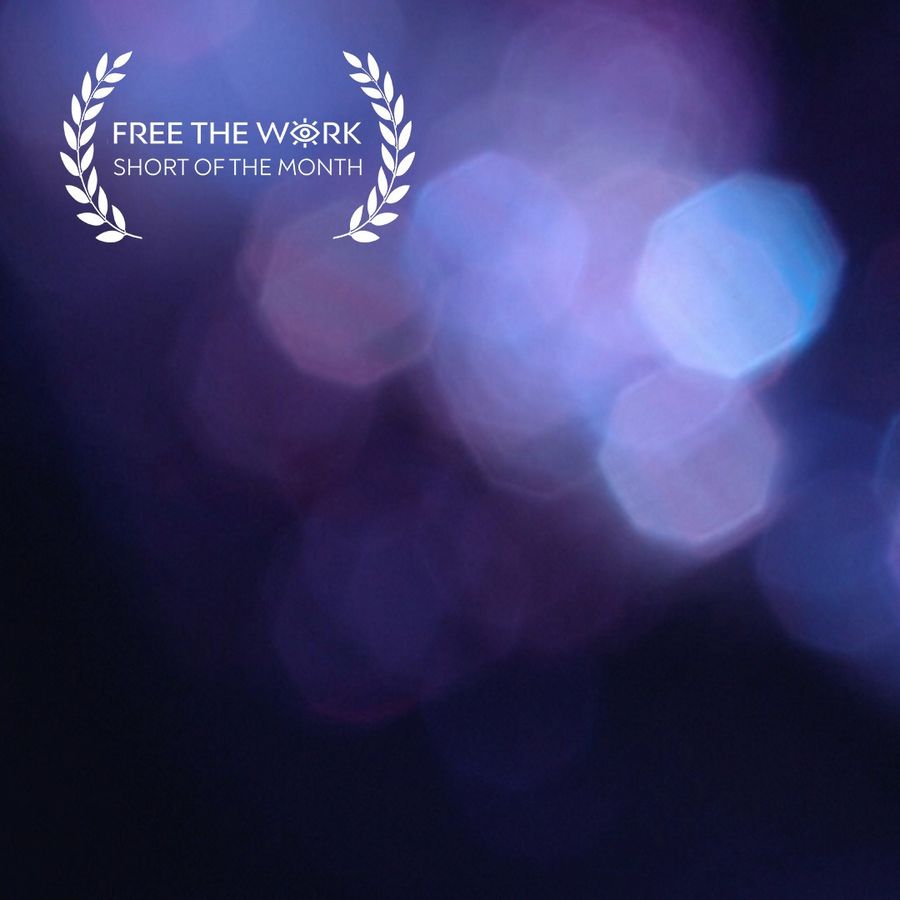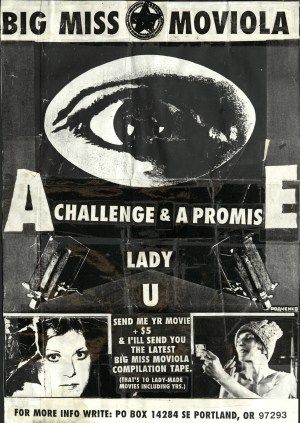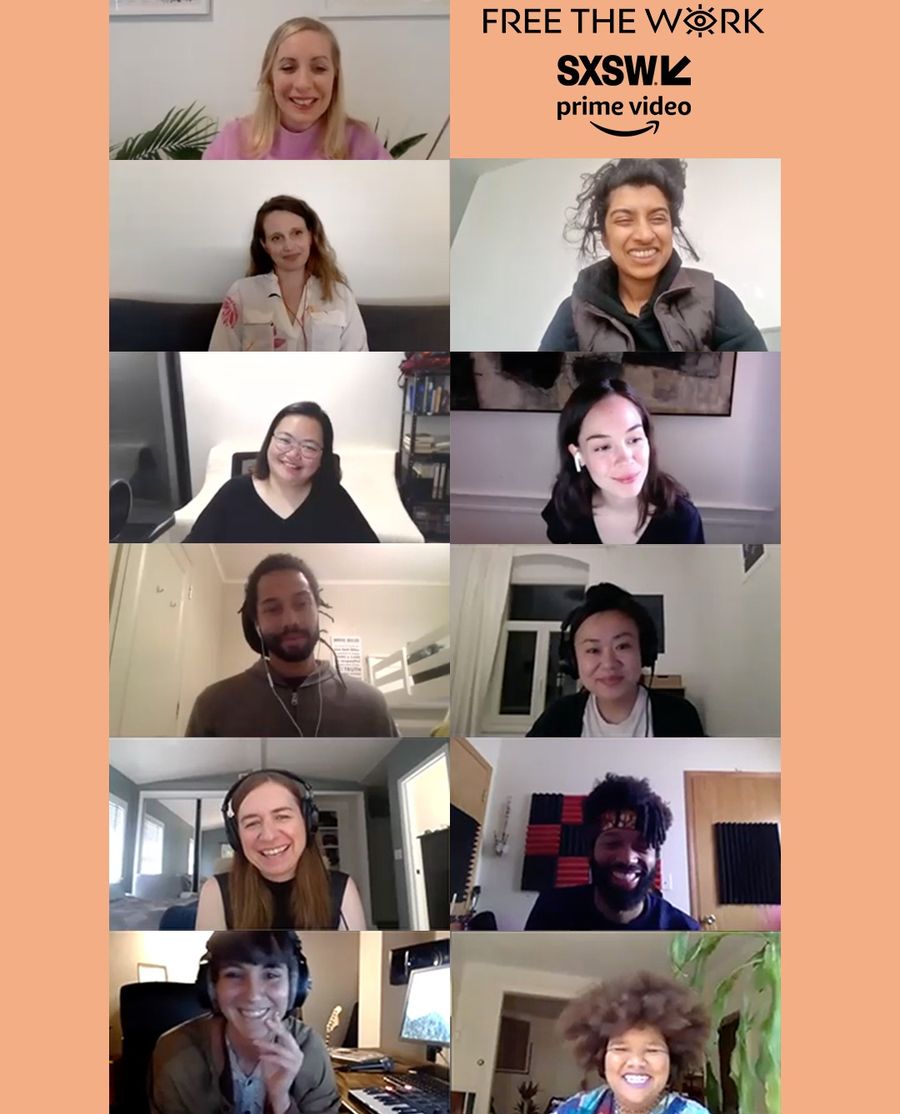For much of the entertainment industry, the COVID-19 global pandemic has meant hitting ‘pause’ on projects. Shooting, finances, releases, all postponed until we emerge into our post-lockdown future. But for many, creative projects simply cannot stop, due to financial reasons, and also because creativity is quite often a compulsion. This time has heralded a new creative flow; with new and complex restrictions, creativity is challenged. People are looking outside of their normal working routines as the world stays at home, turning to remote, virtual options.
Composers are a small pocket of the entertainment industry fortunate enough to be able to mostly "work-from-home," with most housing studios in their sheds/garages/attics/basements. Whilst new media commissions are scarce, some post-production projects have carried over into lockdown, or new innovative lockdown projects are emerging, using Zoom and iPhones on shoe-string budgets. With audio samples of orchestral instrumentation, to home-studio instruments, the bare bones of composition for media can be created.
However, at the point of recording with live musicians—a point where most compositions come alive, and begin to feel truly authentic—how are composers achieving the high quality scores we take for granted in film, TV, games and advertising?
Recording Landscape Pre-Lockdown
It’s important to take a look at the recording landscape pre-lockdown. Hollywood had a sound, and it was expensive: full orchestras, densely placed to picture and rich throughout. For decades, most film composers would consider moving to LA vital to their careers. Until a new wave of European composers—such as Johann Johansson, and since his tragic passing, Oscar-winning Hildur Guðnadóttir—changed the sound and entire landscape of contemporary film scores to be more minimal, electronic, and often focusing on just a few live-recorded instruments or smaller warped and affected ensembles.
As a perfect example, listen to Hildur’s cello-based score for The Joker, or Mica Levi’s most electronic Under The Skin OST.
Instrumental to this change was of course technological advances, allowing for the move to remote, virtual collaborations with overseas composers. Hollywood could look to the rest of the world for new compositional styles. And composers could work with both local players where the skill and sound were appropriate, as well as working with larger studios in LA and the UK. This "globalization" of the music community has already encouraged composers to record a single player remotely for their scores; why not collaborate with a guitarist in Nashville, and a vocalist in South London, a qanun player in Lebanon, and a harpist in New Zealand?
Whilst trends in style and technology have gone some way towards globalising composition for media in recent years, worldwide collaborations have historically included flights, face-to-face meetings with directors and studios, attended studio sessions, and an orchestra or ensemble recorded together in one room; all impossible during lockdown.
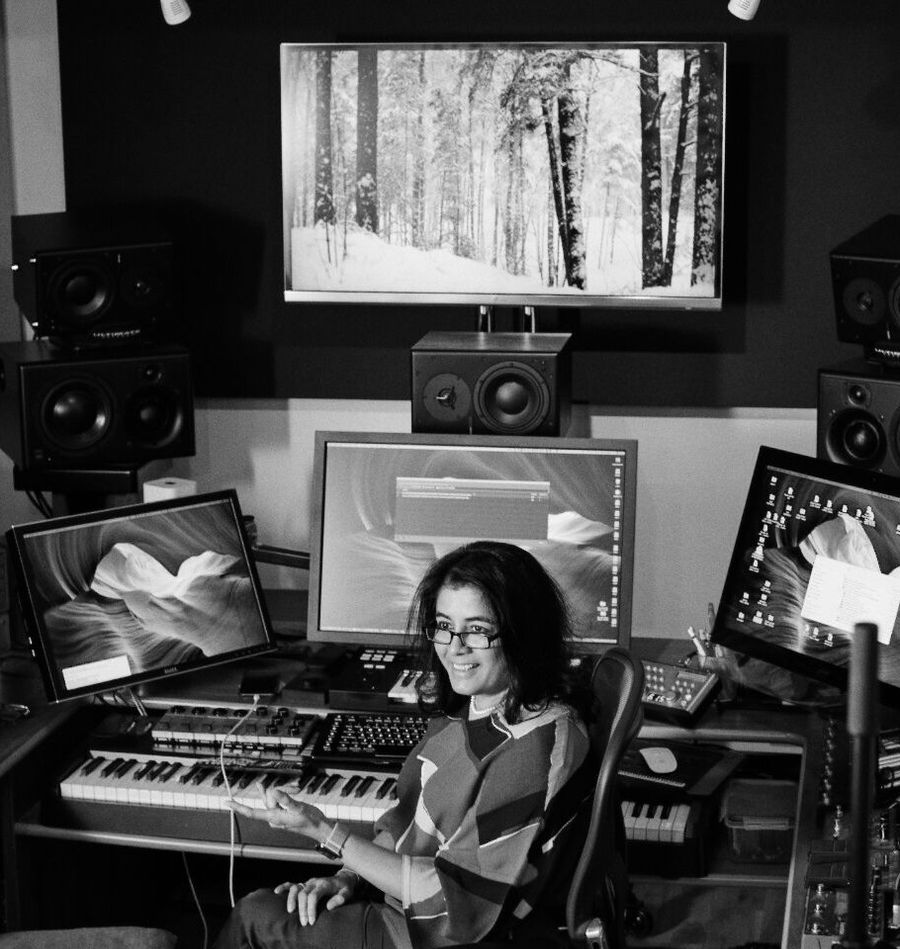
"Having clients and musicians available so instantly over video call has also forced me to be more organised, and more structured. I’m booking in calls in time slots now.”
—Nainita Desai
Remote Recording In Lockdown
Lucy Whalley, CEO of the orchestral contracting company Isobel Griffiths Ltd, clued us in how they are adapting in lockdown:
“The music for film world has been catching up with recording remotely in recent years. When productions are still wanting to hit tight delivery dates, and musicians are sourced worldwide, composers can turn to remote sessions. In lockdown, we are exploring recording with larger ensembles, around the 20 musician mark, which are fairly ambitious projects.”
Lucy says that for best results, composers should consider delivering more prescriptive written-scores for musicians, mocking up more thorough and dynamic audio demos, and perhaps consider communicating with musicians over services like Source Connect and Zoom during the initial recording session, to ensure creative continuity.
“The most effective method of remote recording is offline, so composers would be more productive to pursue this area,” Lucy continues.
For an "offline" method, either players take solo parts, and record them separately, or you can adopt the pass-down method, where principal players record their part to lead the articulation, phrasing, dynamics etc for subsequent players to follow. Mic placement and using multiple instruments, can allow for a more natural, rounded sound. Lucy has worked with a cellist with eight individual cellos, and a trombonist with 20 trombones, giving the composers that variety of tone.
Through orchestral contractors like Lucy, and mix engineers such as Fiona Cruickshank, the industry is ironing out any challenges facing composers in lockdown.
“[Mixing] is a bigger job now” Fiona says, “as it’s so much more complex than mixing an ensemble recorded in the same room. I like to think [composers] can lean on mixing engineers in this time.” Fiona has been working remotely from her own studio, but is represented by the world-renowned AIR Studios, which, of course, has been shut since lockdown, but hopes to re-open with smaller-scale recording projects in the coming weeks.
“The mix [of a score] is more of a challenge with remote recorded ensembles, as there are often tuning and timing issues when piecing together audio stems from each separate musician. You also need the mix to sound like they are an ensemble in a room together.” Fiona has been helping musicians engineer their own sessions from home, advising on the perfect placement for microphones, the best online services, and engineering remotely. Her role is vital in the finessing of offline recorded scores created in lockdown.
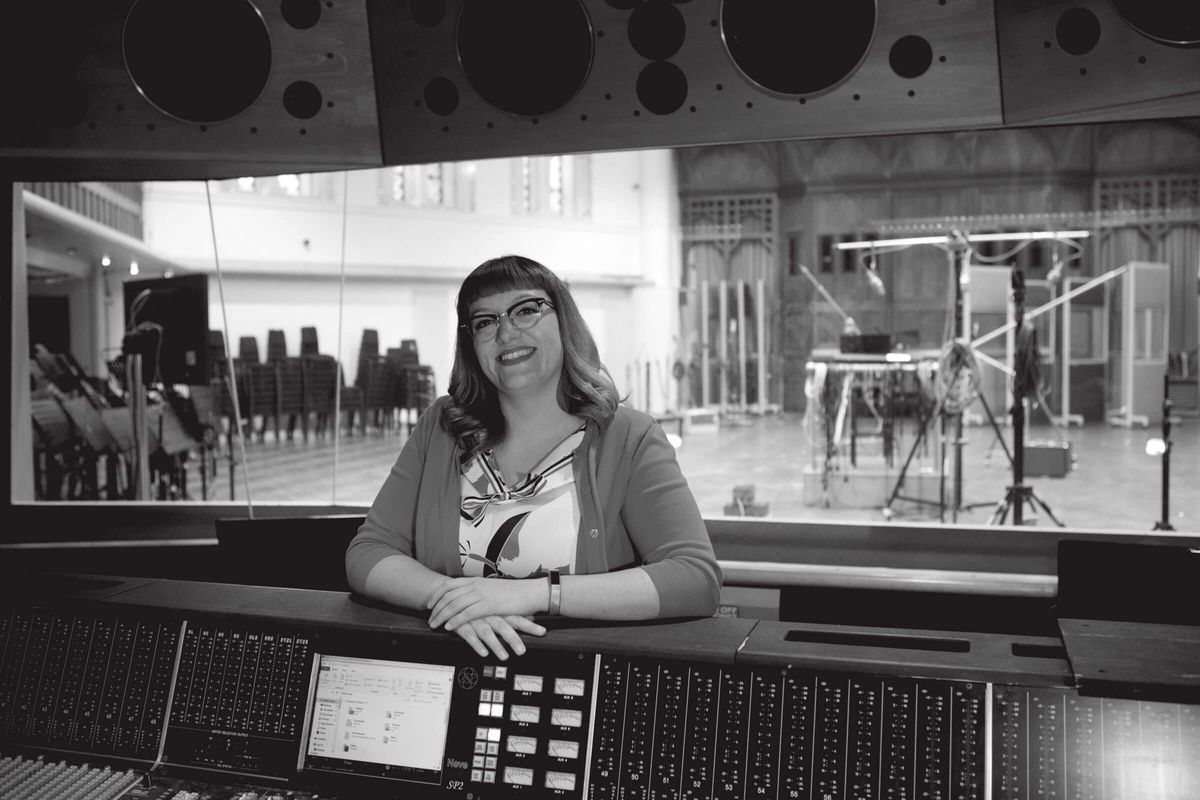
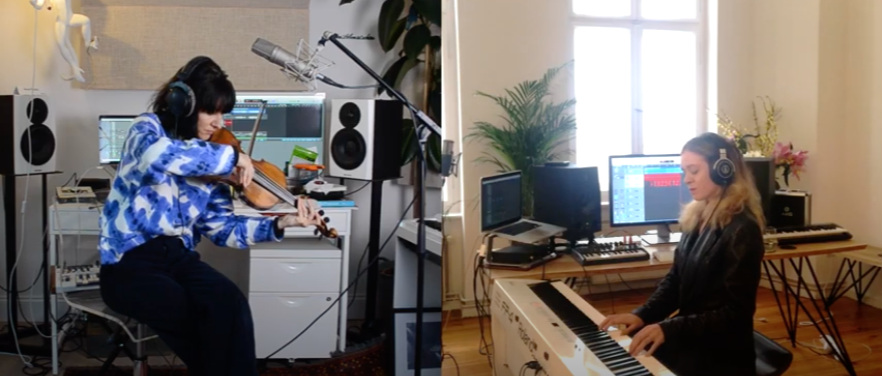
So why don’t composers use the ‘online’ method, recording live? The phrase we hear often in lockdown springs to mind: ‘together apart.’ Aisling Brouwer, Berlin-based composer and artist, says, "You would think someone would have found a way for musicians to play together live, remotely, and record to a high standard by now. There’s a lot of money to be made for anyone who can build that tech."
Aisling has been recording videos in lockdown with her musical partner, Anna Phoebe, as the duo AVAWAVES, using the plug-in Audio Movers. Despite the challenges, AVAWAVES’s videos are stunning, with phone cameras filming Anna on violin in her studio in London, and Aisling on piano in her studio in Berlin. You can watch their videos through their Instagram.
“The new aspect of this was trying to perform together at the same time, and record ourselves performing together. We’ve had to work around this, by recording the piano then violin, and editing in post,” Aisling says.
As it stands, there aren’t any solutions that have low enough latency to record together. As Lucy Whalley explained in a recent remote recording workshop, hosted by The Alliance For Women Film Composers, the speed of light creates a limitation here. Even if you had a direct optical cable connecting two musicians, one in London one in LA say, it would take the data a minimum of approximately 45 milliseconds to arrive. The addition, then, of further delays due to internet routers, cabling routes, computers, and converters means ever increasing latency.
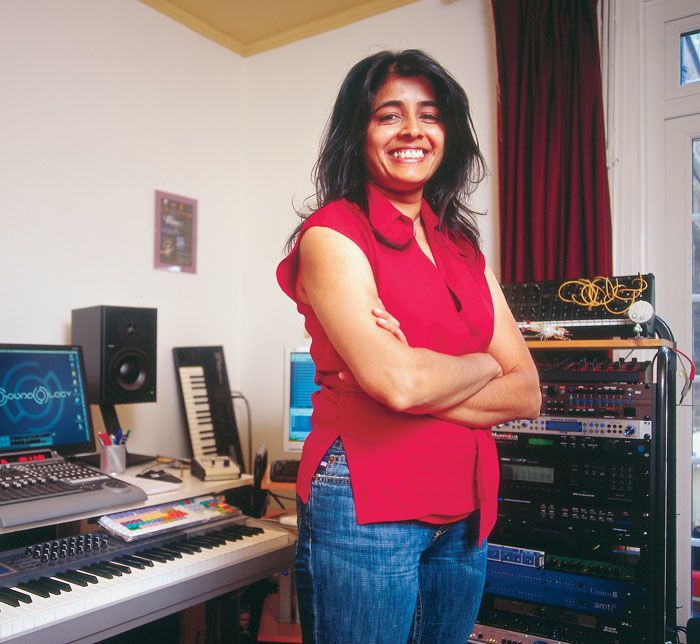
The challenges are many, and varied. But the solutions are what most interest me, as it is here that we find new initiatives, and developments to the status quo.
Nainita Desai, renowned composer of the Oscar nominated and BAFTA winning, For Sama shares her thoughts, “I’ve been inundated with musicians letting me know that they have a home set-up to record remotely since lockdown.” Nainita recognised a need, and gathered these contacts into a Remote Recording Directory, which is now hosted on the Ivor Academy’s website, and features 600 musicians, assistants, engineers etc.
“Remote recording may have been around for a while,” Nainita continues, “but it’s suddenly ‘mainstream,’ so orchestras and smaller ensembles in other countries are now embracing it, too. It’s made me appreciate even more how wonderful it is to collaborate with musicians." She adds, “Having clients and musicians available so instantly over video call has also forced me to be more organised, and more structured. I’m booking in calls in time slots now.”
Imagining how this time will impact future collaborations, Nainita muses, “To have access to some of the best musicians from around the world from the comfort of our homes utilising simple tech many musicians already possess, I think can bring us all together as a global community, so we can find new ways of working together, something so vital in this current climate.”
The brilliant, forward-thinking members of the film music community have been working together to improve and adapt to this new workflow. Composer Kezia Tomsett thinks this mindset is changing working relationships:
"For many, there is now more time to explore new techniques and work with new collaborators. This has allowed for a more open-minded and experimental approach from everybody. As a young composer, I have had the opportunity to build established relationships whilst people are more open to connecting over video-call across the globe."
She adds: "We've seen and experienced composers, engineers and directors alike eagerly come alongside each other, not just for the sake of 'work,' but in encouragement and appraisal of the other. Following the #shetakesover campaign for International Women’s Day, celebrating women across film, the ethos of highlighting and celebrating talent has really carried over into a collaborative mission of support."
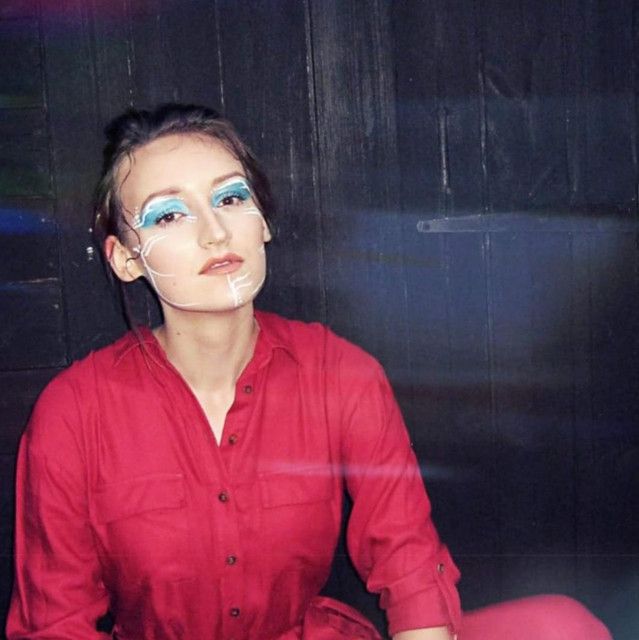
Organisations such as FREE THE WORK and The Alliance For Women Film Composers have been holding Instagram Live streams and Zoom workshops, which bring practical discussions and forward-thinking perspectives right to composers’ studios. Manners McDade and the composer Michael Price have set up a Composer Mentorship Scheme, with around 160 pairs currently meeting virtually once a week. Michael Price has also been hosting #ComposerCoffeeBreaks, which has been fantastic for developing a stronger community spirit than ever before. We have all noticed the trend towards a greater community spirit in lockdown. This trend has reached virtual communities equally, and is evident within the composer community.
Predicting where composed music for media is headed post COVID-19, one can imagine there will be two outcomes. The first is that inevitably the sound will change. What was already a trend—to work with closer, immediate, minimal, and neo-classical scores—will flourish as we find solutions in remote recording, and record with individual players or smaller ensembles. One hopes that the sound will also become more experimental, as composers look outside of their usual circles to reach remote musicians all over the world, and find time to collaborate with less pressure on the outcome. With the entire industry having to think in entirely new ways, it’s only a matter of time before new sounds and technical advances follow.
The hopeful second outcome for composers in lockdown is the continued interconnectivity of the community. It’s a solitary "working-from-home" role, which can often feel incredibly isolating (a feeling we can all relate to now). Here’s hoping that the move towards video calling, online composer communities, and inventive creative collaborations will be a positive change for all composers' creative routine.
Jenna Fentimen
Jenna began her career in Music Supervision, in both London and Amsterdam, working with local and global brands on bespoke/sync projects. Jenna joined Composer Agency/Music Publisher Manners McDade in 2018, and was named Head Of Creative in 2019. Jenna founded the Women Composers’ Forum in 2018, which has since merged with the Alliance For Women Film Composers with Jenna as UK Director of Relations. In 2019 Jenna was awarded a place in the shesaid.so Alternative Power 100 List.
